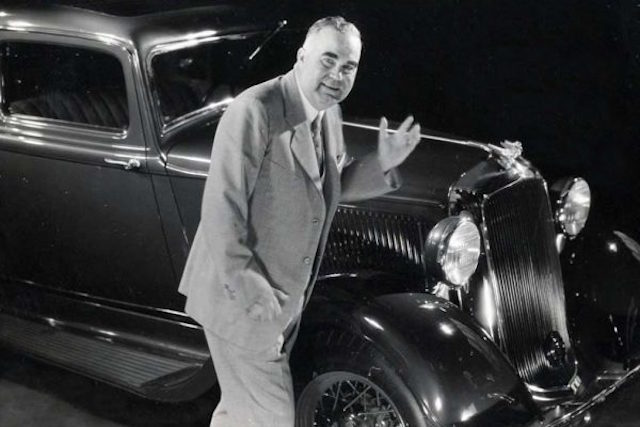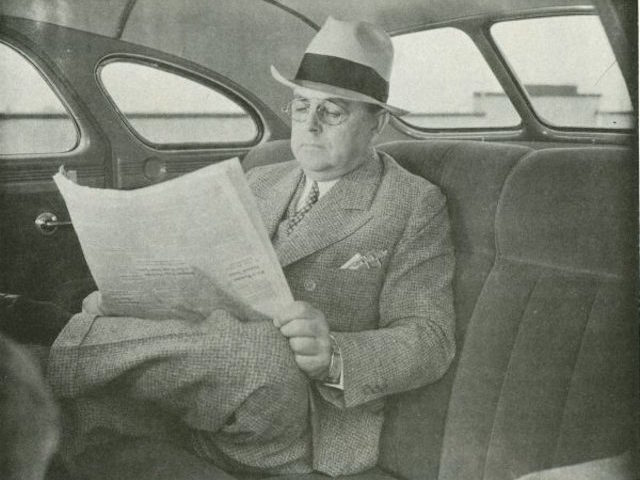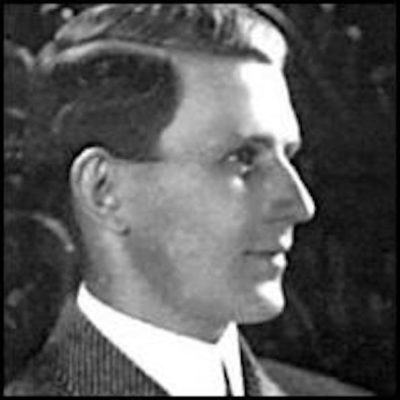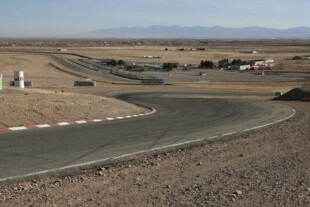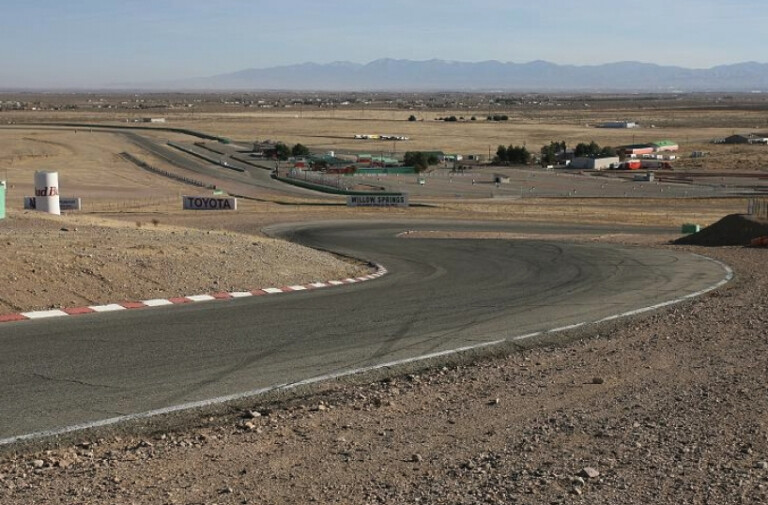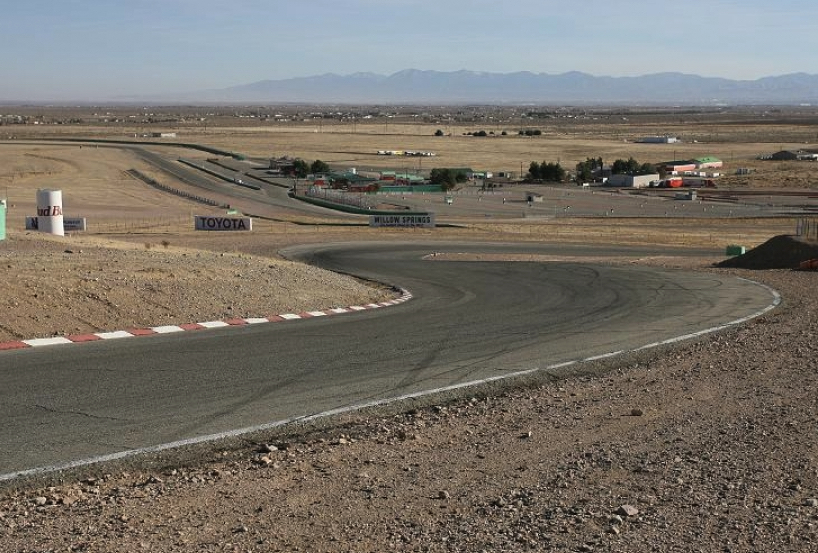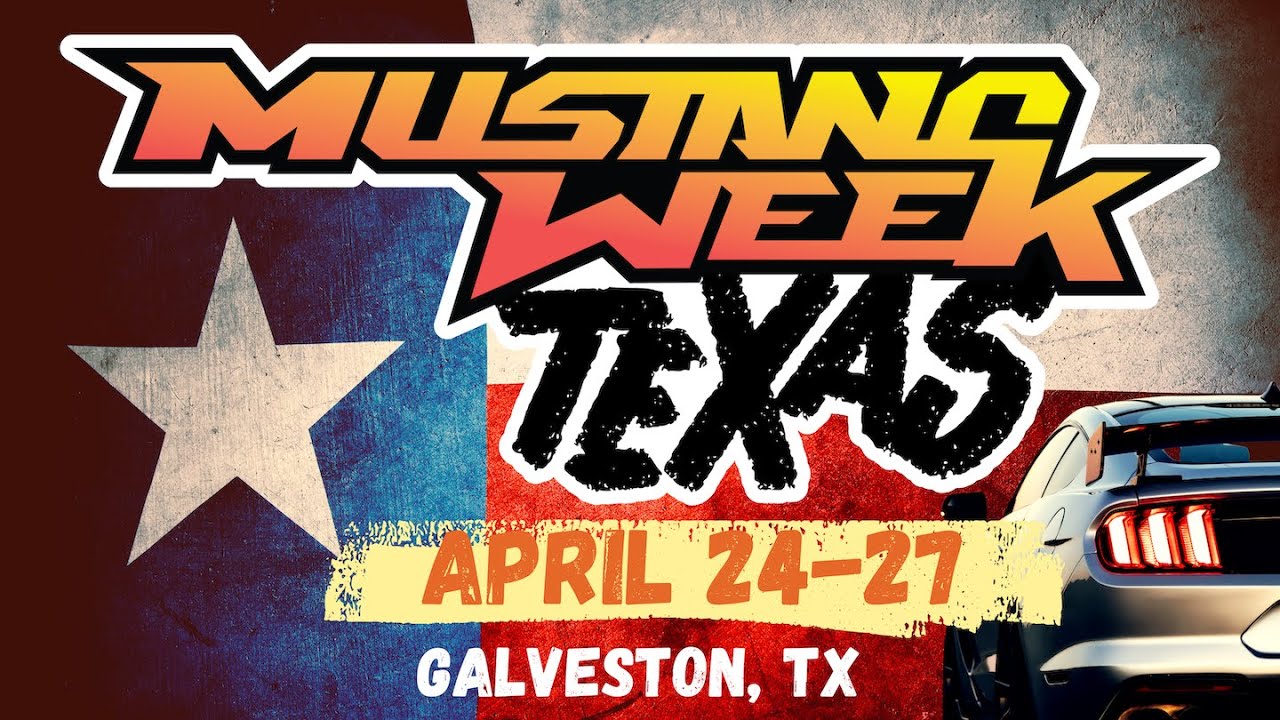There has never been a trio of automotive designers and engineers, working as a team, that have accomplished as much as Studebaker’s Three Musketeers. Frederick Zeder, Owen Skelton, and Carl Breer combined to for a team that was used by so many different manufacturers over the years. Much like rock and roll’s famous “Wrecking Crew” studio musicians, the Three Musketeers were often called in to finalize the product.
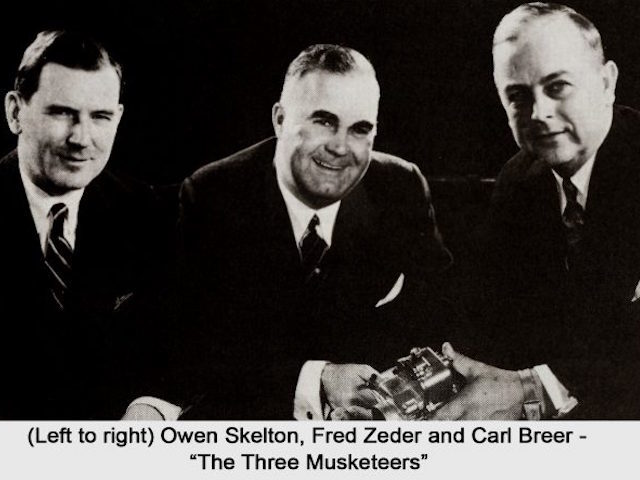
Unless otherwise noted, all photos from www.automotivehalloffame.org.
Walter P. Chrysler, a fine engineer in his own right, surrounded himself with the best engineers around. Zeder, Skelton, and Breer would become the base that Chrysler formed his manufacturing company around. Initially Zeder and Breer were close friends through apprenticeship at Allis-Chalmers Manufacturing. Skelton joined Zeder at Studebaker in 1914 after leaving Packard. Zeder, Vice President in charge of Engineering, then invited his old friend Breer to join them at Studebaker two years later, completing the ZSB Group.
Chrysler invited the trio to move over to Willys-Overland in 1919 when he took over as Vice-President and General Manager. Almost immediately, the three engineers went to work attempting to fix the design problems on the Willys 6 cylinder cars. Determining that the cars were outdated and required major redesign to be competitive, they estimated that the best option was to produce a brand new car from a blank sheet of paper.
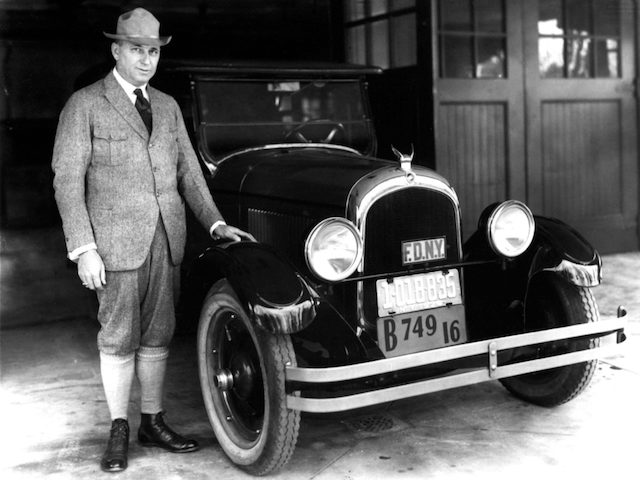
Walter P. Chrysler and the 1924 Chrysler Six. Photo from www.autoevolution.com.
The Chrysler Six
The result of their work was a brand new Willys car they called a “Chrysler.” The plans to manufacture the car were stopped when the Willys’ Corporation went into bankruptcy. Walter Chrysler quit in 1922, which allowed the three engineers to depart for Studebaker under their own company name with several of the Willys’ engineers that had worked with the trio.
The team’s Chrysler Six prototype and Willys’ manufacturing plant was sold in a Bankruptcy sale to former GM President William C. Durrant for his new car company which began selling a low priced automobile to compete against the Ford Model T. The Chrysler Six prototype was redesigned and became the 1923 Flint automobile, also owned by Durrant.
While the Zeder Skelton Breer Engineering Company continued to freelance their work, Walter Chrysler joined Maxwell automobile, producing his own version of the Chrysler Six. The three musketeers rejoined their boss. The venture went so well that the the Maxwell car company became the Chrysler Corporation in 1925. Durrant’s car companies and his version of the Chrysler Six, went under in 1933, a victim of financial woes.
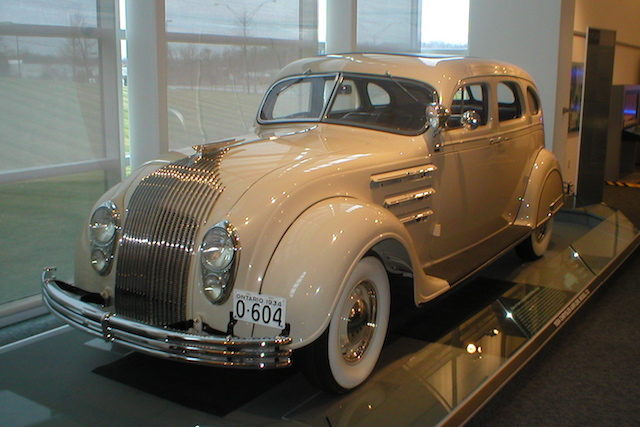
The 1934 Chrysler Airflow. Photo from wikipedia.org.
The Chrysler Airflow
Chrysler’s engineering innovations, especially in aerodynamics, became revolutionary and radical for the times. The Chrysler Airflow in 1934 is one of those rare vehicles that is ahead of its time when compared to other vehicles in the same class. Somehow, the car did not find consumer popularity which forced a redesign of the progressive car.
It is said that the lightning flashes on the Chrysler logo (1925-1955) were Zs that were a tribute to engineer Zeder. Elected to the Automotive Hall of Fame in 1998, Zeder passed away in 1951. Carl Breer was also elected into the Automotive Hall of Fame in 1976, and lived a full life in Detroit, Michigan, passing away in 1970. As with the other Musketeers, Owen Skelton was elected as a member of the Automotive Hall of Fame in 2002. He passed away shortly before his team mate Breer in 1969 at his home in Palm Beach, Florida.
Federick Zeder
Helped forge the automotive foundation that made it possible for Walter Chrysler to found the Chrysler Corporation. He initiated several innovations which included hydraulic brakes, air cleaners, oil filters and curved windshields into the automobile manufacturing. Zeder understood the importance of change as a tool to meet challenges. After graduating from the University of Michigan, Zeder came to Detroit in 1910 to direct the construction of an electric power plant. He became increasingly involved with Detroit’s rapidly emerging automotive industry, and in 1913, he became a consulting engineer for the Studebaker Corporation and was promoted to Chief Engineer a year later. While at Studebaker, Zeder realized the weaknessess in his engineering affiliations and decided to bring in Owen Skelton and Carl Breer to form a team to create a new engineering approach. The legendary “The Three Musketeers” team eventually worked with Walter Chrysler to help form Chrysler Corporation.
Carl Breer
Breer was appointed Chrysler’s first head of Engineering and Research, a position he held for nearly a quarter of a century. To catalog the engineering firsts that occurred “on his watch” while heading Chrysler Engineering would fill a book. There are two major accomplishments that define the man. The first was his vision of creating the Chrysler Engineering Institute. A second seminal achievement in his resume was an outgrowth of his engineer’s fascination with the effects of wind-drag on automobiles. As a result of this interest, Chrysler would become the first major automobile producer to have their own wind tunnel to test the efficiency and benefits of various shapes.
Owen Skelton
Owen Skelton attend Ohio State University and graduate with a degree in mechanical engineering. He worked for Packard Motor Car Company, where he became known for his exceptional understanding of transmissions and axles. In 1925 he was named Chrysler’s chief engineer, where he began refining and improving numerous aspects of contemporary automobiles. Skelton is credited with leading the development of a rubber engine mount system for cars called “floating power”. Skelton also developed the first mass-produced four-wheel hydraulic brake system, which was introduced on the 1924 Chrysler Six. He would co-found the Chrysler Institute of Engineering in 1933, and was named Executive Engineer for Chrysler in 1937 and appointed a seat on Chrysler’s board of directors. He retired from Chrysler Corporation in 1951, though he continued to serve on Chrysler’s board of directors through 1954.



